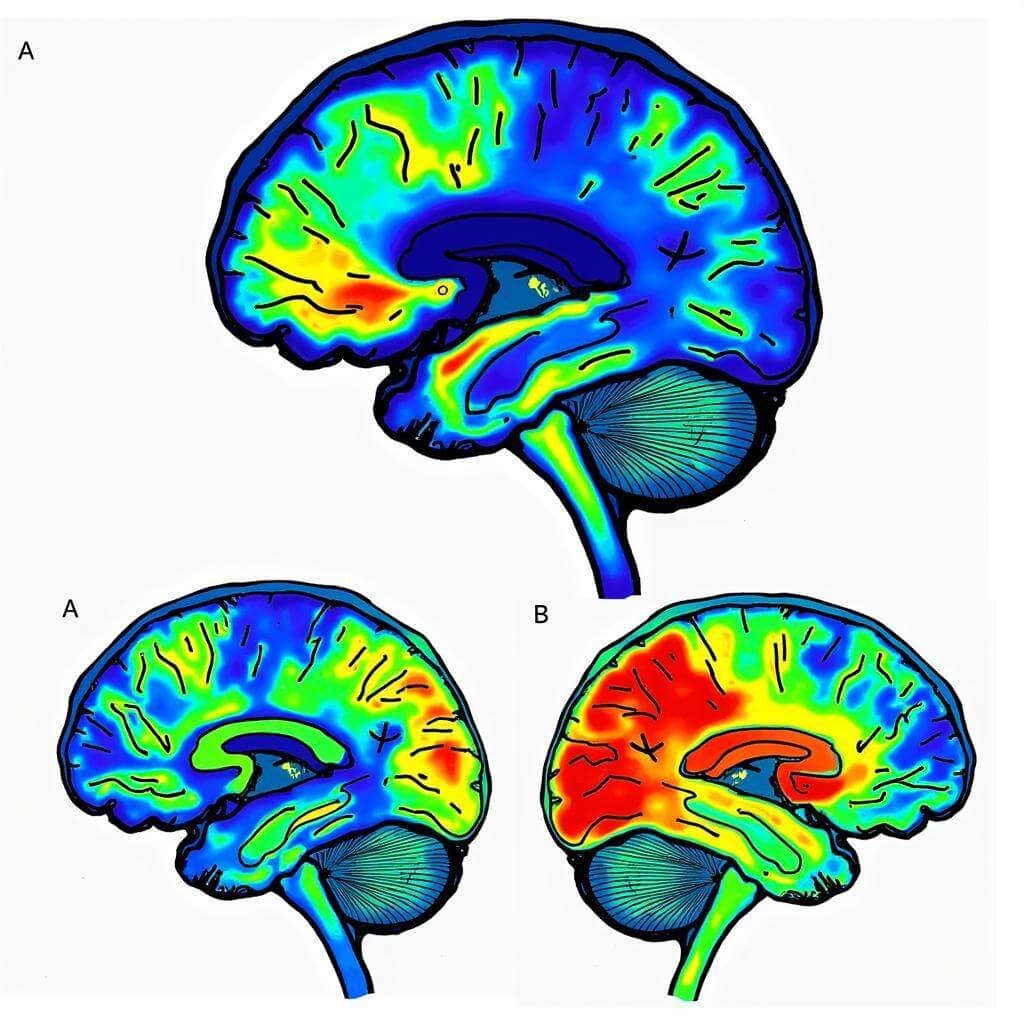Collaborative reading programs across cultures have become increasingly important in today’s globalized world. These initiatives not only foster cross-cultural understanding but also enhance language skills, critical thinking, and global awareness. As an experienced IELTS instructor, I’ve witnessed firsthand the impact of such programs on students’ reading comprehension and overall performance in the IELTS exam.
The rise of interdisciplinary studies in global education has further emphasized the importance of collaborative reading programs. These programs often incorporate elements from various disciplines, providing students with a well-rounded perspective on global issues.
To help you prepare for the IELTS Reading section, I’ve created a sample test that focuses on this topic. Let’s dive into the passages and questions, followed by a detailed analysis and answer key.
Passage 1 – Easy Text
The Rise of Global Book Clubs
In recent years, virtual book clubs have gained immense popularity, connecting readers from diverse cultural backgrounds across the globe. These online communities have revolutionized the way people engage with literature, fostering cross-cultural dialogue and promoting a deeper understanding of different perspectives.
One such initiative, the “World Readers Club,” founded in 2015, has grown from a small group of 50 members to a thriving community of over 100,000 participants from 120 countries. The club selects a book each month, often focusing on works that explore cultural nuances and global issues. Members then discuss the book through online forums, video chats, and live-streamed author interviews.
The success of these global book clubs can be attributed to several factors. Firstly, they provide a platform for readers to explore literature from diverse cultures that they might not have encountered otherwise. Secondly, the discussions that follow each reading allow participants to gain insights into how people from different backgrounds interpret and relate to the same text. This exchange of ideas helps to break down stereotypes and foster empathy among readers.
Moreover, these clubs often collaborate with libraries and educational institutions worldwide, creating a bridge between formal and informal learning environments. This partnership has led to the development of specialized reading programs for students, enhancing their global awareness and critical thinking skills.
The influence of immersive learning experiences on student engagement is particularly evident in these collaborative reading programs. Students who participate in such initiatives often demonstrate improved language skills and a broader worldview.
Questions 1-5
Do the following statements agree with the information given in the passage?
Write:
TRUE if the statement agrees with the information
FALSE if the statement contradicts the information
NOT GIVEN if there is no information on this
- Virtual book clubs have decreased in popularity in recent years.
- The World Readers Club was established in 2015.
- Global book clubs only focus on contemporary literature.
- Participants in global book clubs develop a better understanding of different cultures.
- All global book clubs collaborate with educational institutions.
Questions 6-10
Complete the sentences below.
Choose NO MORE THAN TWO WORDS from the passage for each answer.
- Global book clubs have transformed the way people __ with literature.
- The World Readers Club has members from __ countries.
- Global book clubs help to eliminate __ among readers.
- These clubs create a connection between __ and informal learning environments.
- Students who take part in collaborative reading programs often show improved __ skills.
Passage 2 – Medium Text
Cross-Cultural Reading Initiatives in Education
The implementation of cross-cultural reading programs in educational settings has gained significant traction in recent years. These initiatives aim to broaden students’ horizons, enhance their cultural competence, and improve their language skills through collaborative reading experiences that span different countries and cultures.
One notable example is the “Global Readers Project,” a partnership between schools in Asia, Europe, and North America. This program pairs classrooms from different continents, assigning them shared reading materials that reflect diverse cultural perspectives. Students engage in virtual discussions, collaborative writing projects, and even video conferences with authors, fostering a rich, multicultural learning environment.
The impact of these programs extends beyond mere reading comprehension. Research conducted by Dr. Emily Chen at Stanford University found that students participating in cross-cultural reading initiatives demonstrated a 40% increase in cultural empathy and a 35% improvement in critical thinking skills compared to their peers in traditional reading programs. Furthermore, these students showed a remarkable aptitude for analyzing texts from multiple cultural viewpoints, a skill increasingly valued in our interconnected world.
However, implementing such programs is not without challenges. Technological barriers, time zone differences, and varying educational standards across countries can pose significant obstacles. Additionally, selecting appropriate reading materials that are both culturally sensitive and academically rigorous requires careful consideration and expert curation.
Despite these challenges, educators and policymakers increasingly recognize the value of cross-cultural reading programs in preparing students for a globalized future. Many schools are now integrating these initiatives into their core curriculum, moving beyond traditional language learning approaches to embrace a more holistic, culturally inclusive educational model.
Collaborative science projects across global classrooms have shown similar benefits, further emphasizing the importance of cross-cultural collaboration in education.
Questions 11-15
Choose the correct letter, A, B, C, or D.
-
The main purpose of cross-cultural reading programs is to:
A) Improve students’ test scores
B) Enhance cultural understanding and language skills
C) Promote a specific cultural viewpoint
D) Increase school enrollment -
The Global Readers Project involves:
A) Schools from two continents
B) Only virtual discussions
C) Pairing classrooms from different continents
D) Exclusively North American schools -
According to Dr. Chen’s research, students in cross-cultural reading programs showed:
A) No significant improvement in skills
B) Improvement in cultural empathy and critical thinking
C) Decreased interest in reading
D) Lower academic performance -
One of the challenges in implementing cross-cultural reading programs is:
A) Lack of student interest
B) Shortage of reading materials
C) Technological barriers and time zone differences
D) Excessive cost -
The passage suggests that cross-cultural reading programs are:
A) Replacing traditional language learning entirely
B) Only suitable for advanced students
C) Being integrated into core curricula
D) Declining in popularity
Questions 16-20
Complete the summary below.
Choose NO MORE THAN TWO WORDS from the passage for each answer.
Cross-cultural reading programs aim to expand students’ (16) __ and improve their cultural competence. These initiatives often involve (17) __ between schools in different countries. Research has shown that such programs can significantly increase students’ (18) __ and ability to analyze texts from multiple perspectives. Despite challenges such as (19) __ and the need for carefully selected materials, many schools are now (20) __ these programs into their core curriculum.
 Students in collaborative reading session
Students in collaborative reading session
Passage 3 – Hard Text
The Neuroscience of Cross-Cultural Reading: Reshaping Cognitive Pathways
Recent advancements in neuroscience have shed light on the profound impact of cross-cultural reading programs on cognitive development and brain plasticity. These findings not only validate the educational benefits of such initiatives but also reveal the neurological underpinnings of enhanced cultural competence and linguistic prowess.
A groundbreaking study conducted by Dr. Amelia Rodríguez at the Neurolinguistics Institute in Barcelona utilized functional magnetic resonance imaging (fMRI) to examine the brain activity of participants engaged in cross-cultural reading programs. The results were nothing short of remarkable. Subjects who regularly participated in these programs exhibited significantly increased activity in the prefrontal cortex, a region associated with executive function, complex reasoning, and empathy.
Moreover, the study revealed a fascinating phenomenon: participants demonstrated enhanced neural connectivity between the language processing areas (such as Broca’s and Wernicke’s areas) and the Default Mode Network (DMN), a brain system involved in social cognition and self-reflection. This heightened connectivity suggests that cross-cultural reading experiences not only improve language skills but also foster a deeper understanding of diverse perspectives and cultural nuances.
Dr. Rodríguez’s team also observed an intriguing neuroplastic effect in the anterior cingulate cortex (ACC), a region crucial for conflict monitoring and cognitive flexibility. Participants showed increased grey matter density in this area, correlating with their improved ability to navigate complex cultural contexts and reconcile seemingly contradictory viewpoints presented in diverse texts.
These neurological changes were particularly pronounced in participants who engaged in collaborative reading exercises with peers from different cultural backgrounds. The act of discussing and debating literature across cultural lines appeared to stimulate the mirror neuron system, enhancing empathy and theory of mind – the ability to attribute mental states to others and understand that they may differ from one’s own.
However, the study also highlighted the importance of sustained engagement in cross-cultural reading programs. Participants who engaged in these activities sporadically or for short periods showed less significant neurological changes, emphasizing the need for consistent, long-term exposure to diverse literary perspectives.
The implications of these findings extend far beyond the realm of education. In an era marked by global interconnectedness and cultural tensions, the ability to understand and empathize with diverse viewpoints is increasingly crucial. Cross-cultural reading programs, by literally reshaping our brains, may play a vital role in fostering global understanding and cooperation.
Collaborative storytelling projects in virtual spaces are another innovative approach that leverages these neurological benefits, further enhancing cross-cultural understanding through creative collaboration.
As we continue to unravel the complex relationship between culture, language, and cognition, it becomes evident that cross-cultural reading initiatives are not merely educational tools but powerful catalysts for neurological growth and social harmony. The challenge now lies in implementing these programs more widely and effectively, ensuring that future generations are equipped with the cognitive tools necessary to thrive in our diverse, interconnected world.
Questions 21-26
Complete the summary below.
Choose NO MORE THAN THREE WORDS from the passage for each answer.
Dr. Rodríguez’s study used (21) __ to examine brain activity during cross-cultural reading. Participants showed increased activity in the (22) __, which is linked to complex thinking and empathy. The study also revealed enhanced (23) __ between language processing areas and the DMN. Additionally, increased (24) __ was observed in the ACC, correlating with improved cultural navigation skills. These changes were most evident in those who engaged in (25) __ with peers from different cultures. The study emphasized the importance of (26) __ in these programs for significant neurological changes.
Questions 27-32
Do the following statements agree with the claims of the writer in the passage?
Write:
YES if the statement agrees with the claims of the writer
NO if the statement contradicts the claims of the writer
NOT GIVEN if it is impossible to say what the writer thinks about this
- Cross-cultural reading programs have a positive impact on brain plasticity.
- The prefrontal cortex is solely responsible for language processing.
- Enhanced neural connectivity suggests improved understanding of diverse perspectives.
- The anterior cingulate cortex plays a role in cognitive flexibility.
- Sporadic engagement in cross-cultural reading programs yields the same benefits as consistent participation.
- Cross-cultural reading programs could contribute to global understanding and cooperation.
Questions 33-35
Choose the correct letter, A, B, C, or D.
-
According to the passage, the mirror neuron system is stimulated by:
A) Reading alone in silence
B) Watching cultural documentaries
C) Discussing literature with peers from different cultures
D) Memorizing facts about other cultures -
The study suggests that the neurological benefits of cross-cultural reading programs are:
A) Immediate and short-lived
B) Only visible in children
C) Most significant with consistent, long-term engagement
D) Limited to language processing areas of the brain -
The main conclusion of the passage is that cross-cultural reading programs:
A) Are ineffective in improving language skills
B) Can reshape cognitive pathways and foster global understanding
C) Should replace traditional reading programs entirely
D) Are only beneficial for neuroscience research
 Brain activity during cultural reading
Brain activity during cultural reading
Answer Key
Passage 1
- FALSE
- TRUE
- NOT GIVEN
- TRUE
- NOT GIVEN
- engage
- 120
- stereotypes
- formal
- language
Passage 2
- B
- C
- B
- C
- C
- horizons
- partnerships
- cultural empathy
- technological barriers
- integrating
Passage 3
- functional magnetic resonance imaging
- prefrontal cortex
- neural connectivity
- grey matter density
- collaborative reading exercises
- sustained engagement
- YES
- NO
- YES
- YES
- NO
- YES
- C
- C
- B
This comprehensive IELTS Reading practice test focused on collaborative reading programs across cultures provides a challenging yet informative experience for test-takers. By engaging with these passages and questions, students can enhance their reading comprehension skills while gaining valuable insights into the global impact of cross-cultural reading initiatives. Remember to practice regularly and analyze your performance to continually improve your IELTS Reading skills.


